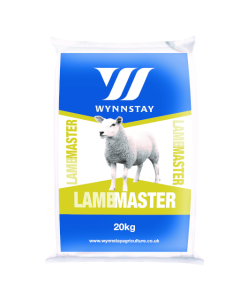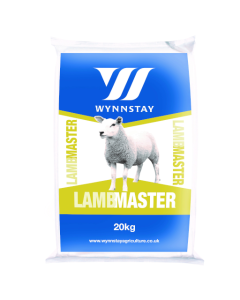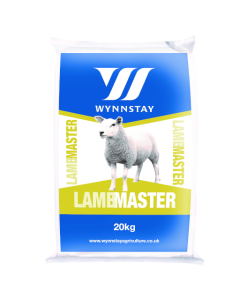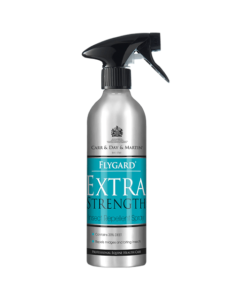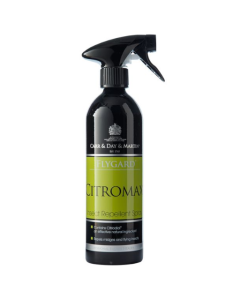Mud, mud and more mud is every horse owner's worst nightmare. Not only does it get in all the places you don’t want it, but it can also trigger mud fever, a broad term for a range of skin conditions and also known as pastern dermatitis.
What are the causes?
Mud fever is caused by a variety of bacteria that thrive in wet, muddy conditions. It can often remain dormant in the horse’s skin and only become active when the surface is comprised, usually prolonged exposure to wet conditions.
What are the signs of mud fever?
The clinical signs of mud fever are quite distinctive and include matted areas of skin containing scabs with lesions beneath. Often, there is a thick discharge between the skin and an overlying scab. You may also notice some heat and swelling, which the horse may react to if you touch. If left untreated, your horse's legs could eventually lead to hair loss and inflammation, as well as raw-looking pink skin which could damage the skin by splitting open in severe cases.
If you are unsure of what you are dealing with, call your vet. They will be able to help ensure you get the right treatment.
Top tips for preventing mud fever
Aiming to prevent mud fever is key and you can use the following tips to help check your horse over:
- Keep their legs as dry as possible
- Check their legs daily for signs of change
- If possible, try to move your horses between fields to avoid them getting too churned up. Bacteria thrives in wet soil
- Cover muddy patches with straw or soil
- Use pig oil to help stop the mud from sticking to their legs
Recommended treatment
If your horse does get mud fever, the key to dealing with it is to treat it as soon as you identify it. You can treat it by following the below tips:
- Keeping their legs as dry as possible
- Wash the affected areas with water and diluted Hibiscrub solution – ensure this is fully rinsed off with clean water
- After washing be sure to dry the affected area
- If your horse has thick feathers, consider clipping them to wash the area properly with a pair of clippers and finish off with a pair of Wahl trimmers
- Apply a coat of barrier cream, ideally antibacterial cream (you should patch test 24 hours before)
- Stable your horse at night, if possible, to reduce the time they are standing in mud
- Keep repeating the process until you have managed to loosen and remove all the scabs.
Shop the full range of clippers, first aid treatment and skin care instore or online.













